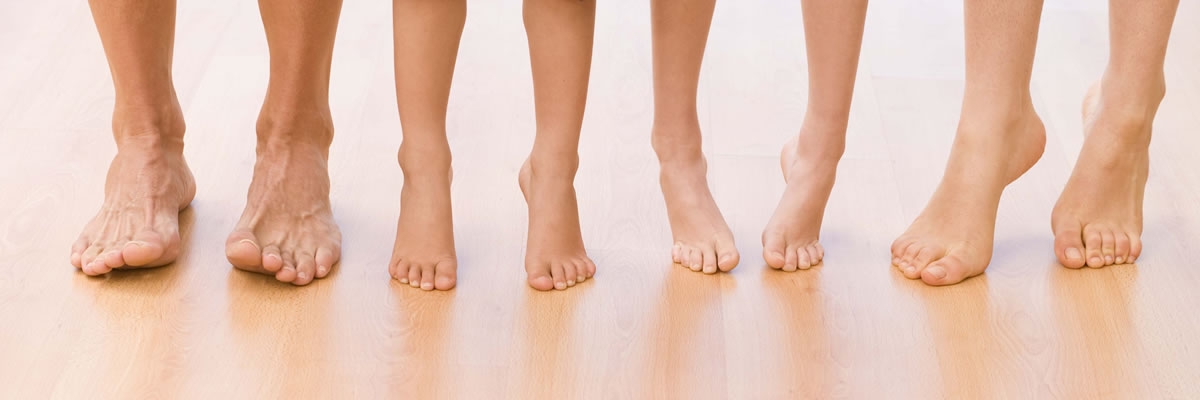Flat Foot
A flat foot is a medical condition where the arch of the foot collapses and the entire sole of the foot comes into complete or near-complete contact with the ground. In some people, the arch may never develop either in one foot or both feet. Most people with flat foot can be treated without surgery, using orthotics and braces.
Causes
A flat foot may be caused by conditions such as posterior tibial tendon dysfunction (PTTD), arthritis, injury, diabetic collapse or Charcot foot, etc. Among these, PTTD is believed to be the most common cause. A tendon attaches muscles to bones, and the posterior tibial tendon attaches the calf muscle to the bones on the inside of the foot.
This tendon holds up the arch and supports the foot when walking. An inflammation or tear to the tendon causes the arch to collapse. Women, athletes, and people over 40 are at great risk of forming such problem. Some of the common risks associated with this problem include obesity, diabetes and hypertension.
Flat foot may also be caused by rheumatoid arthritis that attacks both cartilage in the joints and ligaments supporting the foot. It affects either the back of the foot or middle of the foot and besides pain, causes the arch to collapse. Ligament injury or fractures and dislocation of the bone in the mid-foot may tear the ligament and cause the foot to get flat.
Diabetes or nerve problems may also cause the arch to collapse. This type of collapse is considered to be severe as the patient doesn’t feel pain while the arch collapses. Moreover, the ligaments do not hold the bones in place and the bones fracture and disintegrate without any pain.
Symptoms
- Pain at posterior tibial tendon, lying on the inside of the foot and ankle.
- Pain that gets worse with activity. High intensity activities such as running may become difficult and in some cases, it may even be difficult for patients to walk or stand for long periods.
- Foot collapse may shift the position of the heel bone and put pressure on the outside of the ankle bone. This may cause pain on the outer ankle.
- Patients with prior injury or arthritis of the mid-foot may experience painful and bony bumps on the top and inside of the foot. This condition makes it difficult to wear shoes.
- In diabetics, swelling may occur or a large bump may form on the bottom of foot.
Diagnosis
Dr. Mussett may diagnose flat foot by performing a thorough examination of the foot and ankle. X-rays are often taken to examine the location of the bones, the conditions of the bones, and the amount of foot collapse. MRI’s are often recommended to determine the amount of damage done to the tendons. Another diagnosis test is wet footprint test where the patient is asked to wet their feet in water and stand on a smooth level surface. The flatter a foot is, the more it makes a contact with the surface leaving footprints.
Treatment
Conditions such as tarsal coalition or accessory navicular, that cause flat foot should be treated by early teen years before the bone structure firms up. Another condition, rheumatoid arthritis, may result in deformity of the joint. In such cases, fusion may be recommended.
For foot or lower leg pain, or conditions affecting the knees or lower back, treatment may be done using orthoses such as arch support, foot gymnastics or other exercises recommended by a therapist. Orthoses raise the arch and over a period of time allows the foot to adjust gradually. Surgery for flat foot is usually the last option and is often time consuming and expensive.

